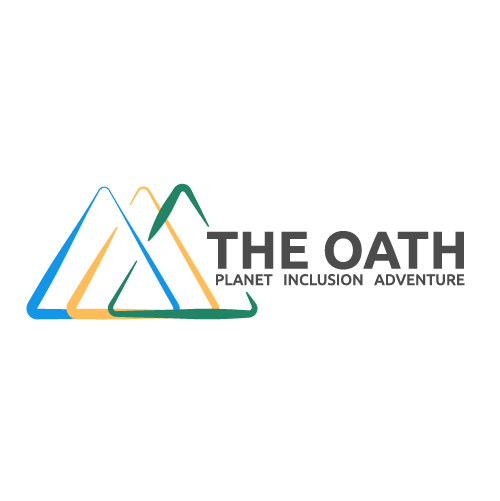About White Supremacy
We’re kicking off the New Year strong with the Stretch Session: White Supremacy in Movement Building facilitated by our friends at Summits in Solidarity. This Stretch Session will challenge your perspective and make you think critically about the role White Supremacy plays into your experience in the outdoors, whether you’re white or BIPOC. We totally get this may be a daunting Stretch Session that might make you feel uncomfortable, which is fine! Confronting our white supremacy will never be easy, but it is a necessary step in creating a more inclusive and equitable outdoors. So we wanted to provide a short introduction into some of the concepts that will be likely used and discussed during this session.
What is White Supremacy?
Simply put (by the Oxford Dictionary), white supremacy is “the belief that white people constitute a superior race and should therefore dominate society, typically to the exclusion or detriment of other racial and ethnic groups.”
It’s important to note that White Supremacy goes beyond just skin color. It’s a systemic and cultural problem that hurts everyone. A great resource everyone should engage with on their own is Tema Okun’s White Supremacy Culture website. It is an incredible resource that breaks down White Supremacy Culture and provides great perspective on the topic. We wanted to break down two of the characteristics Tema Okun lays out and some reflections on how it applies to the outdoors:
Fear
Fear is one of the most prominent and easily recognizable characteristics of White Supremacy. Fear of difference and fear of the unknown is what drives disconnect: from each other, ourselves, and the planet.
Historically, fear has been used as a tool to help shape the structures and policies of governments. Fear of “losing” land, autonomy, and power has led to the systemic “othering” of People of Color. And those sentiments also spread to our personal lives. We fear not being enough and being different from others in ways that challenge the status quo. This constant fear drives us apart even though we are all humans, interconnected, trying our best to navigate life.
And this fear translates into the outdoor community as well. Even though it is a community full of exploration, self discovery, and freedom, White Supremacy’s characteristic of fear still lingers. It is no secret that historically this community has been dominated by cis-white men. That image has been what shaped what an outdoorist looks like and what they should act like. The burly, rugged outdoorsman imagery still shapes what people think an outdoorist should look like, making the diversification (and by consequence the popularization) of outdoor spaces a “fear” topic under false assumptions such as:
“More people outside means more trash”
“We are loving our outdoor spaces ‘to death’”
When in reality, the outdoors have a better chance at thriving when more people bring their knowledge and care to the space. In order to change the narrative and create a more inclusive outdoors, we must continue to confront fear.
One Right Way
One Right Way builds off of fear, but has some distinct differences. This characteristic, though maybe derived from fear, is really the biggest deterrent of change. This concept and its sub-categories of perfectionism, paternalism, and objectivity tell us that there is one way to do things and that there is no room for change. The truth is that there is no “right” way of doing things and what is right for some isn’t what’s right for others. Seems simple in concept, but culturally has translated into disjunction and a never-ending obsession with finding that blanket right way to do something. Those who stray from that or choose an altogether different approach are not well received.
In the outdoors community, we see this add into what we covered above. The burly outdoorsman wasn’t just the norm, it was seen as the “right” way to engage in the outdoors. And many still, albeit maybe subconsciously, believe there is a “right” way to do so. Super self-sufficient campers and backpackers will say that those who partake in guided tours or rent RVs are not “doing it right” or some outdoors rock climbers will look down on gym climbers for not touching real rock. However, due to time, money, and other restraints, those options may be the best and safest way for them to engage in those activities. Whether you are embarking on a weeklong expedition in the remote wilderness or simply going for a bike ride in your local park, there isn’t a singular right way. Everyone deserves to enjoy the outdoors in any way they want and that doesn’t make anyone less or more of an outdoorist.
Now What?
This should serve as an introduction to White Supremacy and as inspiration to learn more about it. Here are a couple of ways you can expand into the topic:
Join the Stretch Session: White Supremacy in Movement Building on 01/24/24. We will be joined by our friends at Summits in Solidarity who will help us all dive deeper and provide an opportunity for white folks to get more engaged through their 28-day Challenge.
Read our blog all about Racial Literacy. Read the intro version and then utilize the linked resources to go on your own introspective journey.
Source: White Supremacy Culture

